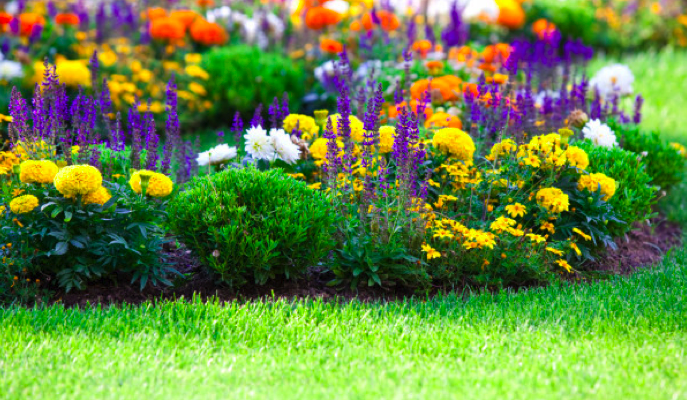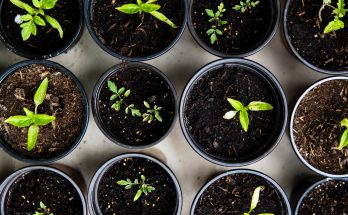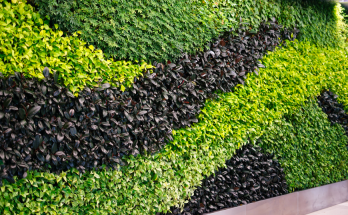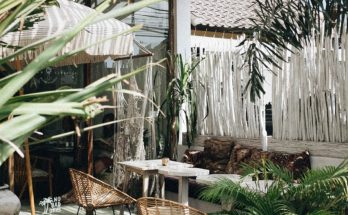A well thought of landscape is defined by structure, shape, scent, colour and movement. Colour can play a defining role to set the mood for your personal paradise. Within nature there are a wonderful variety of colors, shades and tones for you to create your own artist’s palette. Colours have emotional properties too – greens, the predominant colour of plant design, are restful and reassuring. While green is a soothing colour on its own, a touch of red, a flash of orange, a spray of white and litter of yellow can bring in new energy to your space.
Learning to effectively use colour in your garden is the best way to enliven your garden. Here we tell you a few ways in which you can use to bring in colours that delight your senses.
Understanding Colors
It is crucial to understand the basic principles of colours. Learn to differentiate your primary, secondary, tertiary and neutral colours and how they interact in harmony and in contrast. Colours need to be placed in a way that helps them play off each other so it is best to understand these principles first before moving to plant selection.
Brightness of your space
If you are setting up your garden in an open space that receives a lot of sunlight, then going for bright colours is a great option. Colours like red, pink, orange and yellow tend to jump out more and thrive well in the bright sun. Indoors are best for muted or cool colours. Even in terms of the leaf green, go for darker greens indoor and brighter greens outdoors when choosing non-flowering plants.
Cohesiveness is important
When you use colour try and incorporate in a cohesive way that allows you to border your garden or add in symmetrical highlights. Scattering and mixing too many colours together does create a riot of colours but may not be the most visually pleasing. Dense plants should be use as borders in order to establish a cohesive edge line while lighter and sparser plants can be used in the centre.
Consider the seasons
Colours change with the season. Leaves change and different sets of flowers bloom. Include this fact into your equation when you decide the colours of your garden. You can consider incorporating some evergreen options in case you want a touch of green through the year.
Work with green
You get a variety of greens ranging from light neons to bright greens and dull olives to bleached greens. A good mix of these colours will help you add a different flavour to your garden. You can create waves of green in patterns and blocks, whichever way you go, you cannot go wrong with greens.
Follow your instincts and create a colour palette – high energy contrasting colors or a harmonius look with different shades of similar colors. You will then have yourself a unique garden that you are happy to view in every season.




